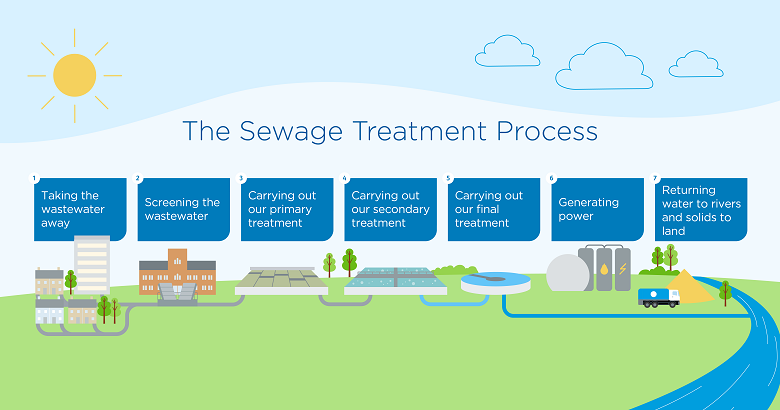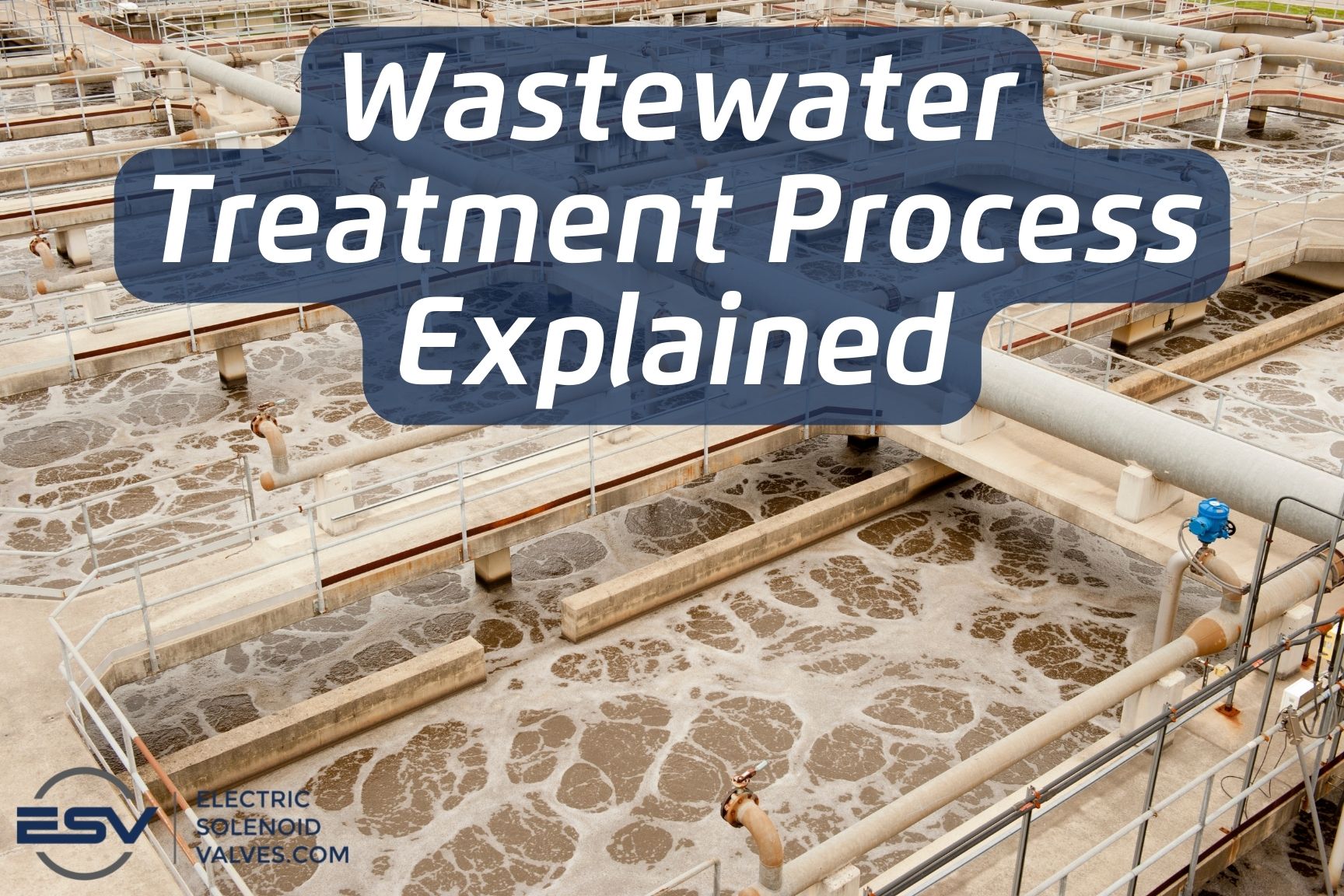Optimizing Waste Water Therapy Procedures: Techniques for Improved Water High Quality and Source Healing
In the world of wastewater treatment, the quest for boosting efficiency and sustainability with procedure optimization is an ongoing pursuit that holds immense value. From innovative innovations to cutting-edge source recuperation methods, the landscape of wastewater treatment is progressing quickly.
Importance of Refine Optimization
Maximizing waste water treatment processes via careful procedure optimization is important for optimizing performance and ensuring ecological sustainability. By fine-tuning each step of the treatment process, from first consumption to last discharge, water therapy centers can accomplish greater levels of pollutant elimination, decrease energy intake, and reduce the generation of waste by-products. Process optimization entails evaluating key performance indicators, such as hydraulic retention times, sludge retention times, and nutrient degrees, to identify areas for improvement and implement targeted options.
Efficient process optimization not just boosts the overall performance of drainage therapy plants however additionally contributes to cost savings and governing compliance. By maximizing procedures, operators can attain higher therapy abilities without the requirement for significant framework financial investments. Furthermore, enhanced treatment effectiveness leads to cleaner effluent discharge, decreasing the ecological influence on receiving water bodies and ecological communities.

Advanced Treatment Technologies
In the realm of waste water therapy, the implementation of advanced therapy technologies plays a critical function in enhancing the general effectiveness and performance of the treatment processes. These sophisticated modern technologies use cutting-edge options to deal with complex impurities existing in wastewater streams, ensuring the elimination of toxins to fulfill rigorous water high quality standards. Advanced therapy procedures such as membrane layer bioreactors, ozonation, advanced oxidation procedures, and reverse osmosis make it possible for the thorough elimination of contaminants, including emerging pollutants like drugs and personal treatment items.
Additionally, these modern technologies facilitate resource recovery by removing useful products such as phosphorus, nitrogen, and power from the wastewater. Progressed nutrient elimination modern technologies can recuperate phosphorus and nitrogen for reuse in farming fertilizers, while power healing systems like anaerobic food digestion can harness biogas for electrical energy generation. By integrating sophisticated therapy modern technologies into wastewater therapy plants, drivers can enhance water high quality, decrease environmental effect, and relocate in the direction of an extra lasting and resource-efficient technique to wastewater management.
Resource Healing Strategies
Resource healing methods in wastewater treatment processes play an important duty in making the most of the use of useful resources had within wastewater streams. One usual resource recuperation strategy is the removal of nutrients like phosphorus and nitrogen from wastewater for reuse as fertilizers or in commercial procedures.
Water recovery techniques, such as membrane innovations and advanced filtration systems, allow the treatment and reuse of water for non-potable applications like watering or commercial procedures. By applying resource recuperation methods in wastewater treatment plants, not only can important sources be preserved and reused, but the general sustainability and efficiency of the treatment procedure can be dramatically improved. As the emphasis on resource scarcity and ecological sustainability proceeds to grow, the relevance of integrating resource recovery strategies into wastewater therapy processes becomes progressively apparent.
Lasting Practices in Wastewater Therapy
Sustainable methods in wastewater therapy encompass a variety of approaches intended at minimizing the environmental effect of therapy processes dig this while making the most of resource recovery. One vital facet of lasting wastewater therapy is the application of energy-efficient modern technologies to minimize the carbon footprint of therapy plants.
In addition, the fostering of innovative therapy innovations that advertise water reuse and recycling plays a critical function in lasting wastewater administration. By dealing with wastewater to a high requirement, it can be repurposed for different non-potable applications, such as watering, commercial processes, and also safe and clean water production sometimes. This not only saves useful freshwater sources however additionally decreases the quantity of effluent released right into the setting.

Study on Effective Optimization
As wastewater therapy centers increasingly concentrate on lasting practices, real-world instance researches showcasing effective optimization approaches work as vital versions for industry advancement. One such study rotates around the execution of innovative nutrient elimination technologies in a local wastewater therapy plant. By integrating biological nutrient elimination processes and maximizing operational specifications, the center attained significant decreases in nitrogen and phosphorus degrees discharged right into getting waters, eventually enhancing total water high quality.
One more significant study involves the combination of anaerobic food digestion systems in an industrial wastewater treatment plant to improve power healing and resource performance (Waste Water Treatment). Via the food digestion of natural waste products, the facility not just generated biogas for power production however likewise decreased the volume of sludge calling for disposal. This dual benefit not only boosted the plant's sustainability performance yet additionally caused expense savings
These effective optimization strategies demonstrate the capacity for wastewater therapy facilities to attain both economic and environmental benefits via reliable procedures and cutting-edge methods. By picking up from these study, market professionals can further maximize their own procedures to improve water quality and source recovery.
Verdict
To conclude, optimizing waste water treatment processes with sophisticated technologies, source recuperation techniques, click for more and lasting methods is important for enhancing water top quality and optimizing resource recovery. Waste Water Treatment. Instance researches have shown effective application of optimization strategies in various wastewater therapy centers. By proceeding to prioritize procedure optimization, we can make certain reliable and effective therapy of wastewater, inevitably leading to a much more sustainable and eco-friendly method to handling water resources
By fine-tuning each action of the therapy procedure, from preliminary consumption to last discharge, water treatment facilities can achieve see this website higher degrees of impurity removal, minimize power intake, and reduce the generation of waste byproducts.In the realm of waste water therapy, the implementation of innovative treatment innovations plays a critical role in boosting the overall effectiveness and effectiveness of the therapy processes. By including innovative therapy innovations right into wastewater therapy plants, drivers can boost water high quality, decrease ecological effect, and move in the direction of a much more resource-efficient and sustainable method to wastewater management.
By applying source healing strategies in wastewater treatment plants, not just can valuable resources be conserved and reused, but the total sustainability and performance of the therapy process can be considerably enhanced. Lasting methods in wastewater therapy incorporate an array of strategies aimed at reducing the ecological impact of treatment procedures while making best use of source healing.